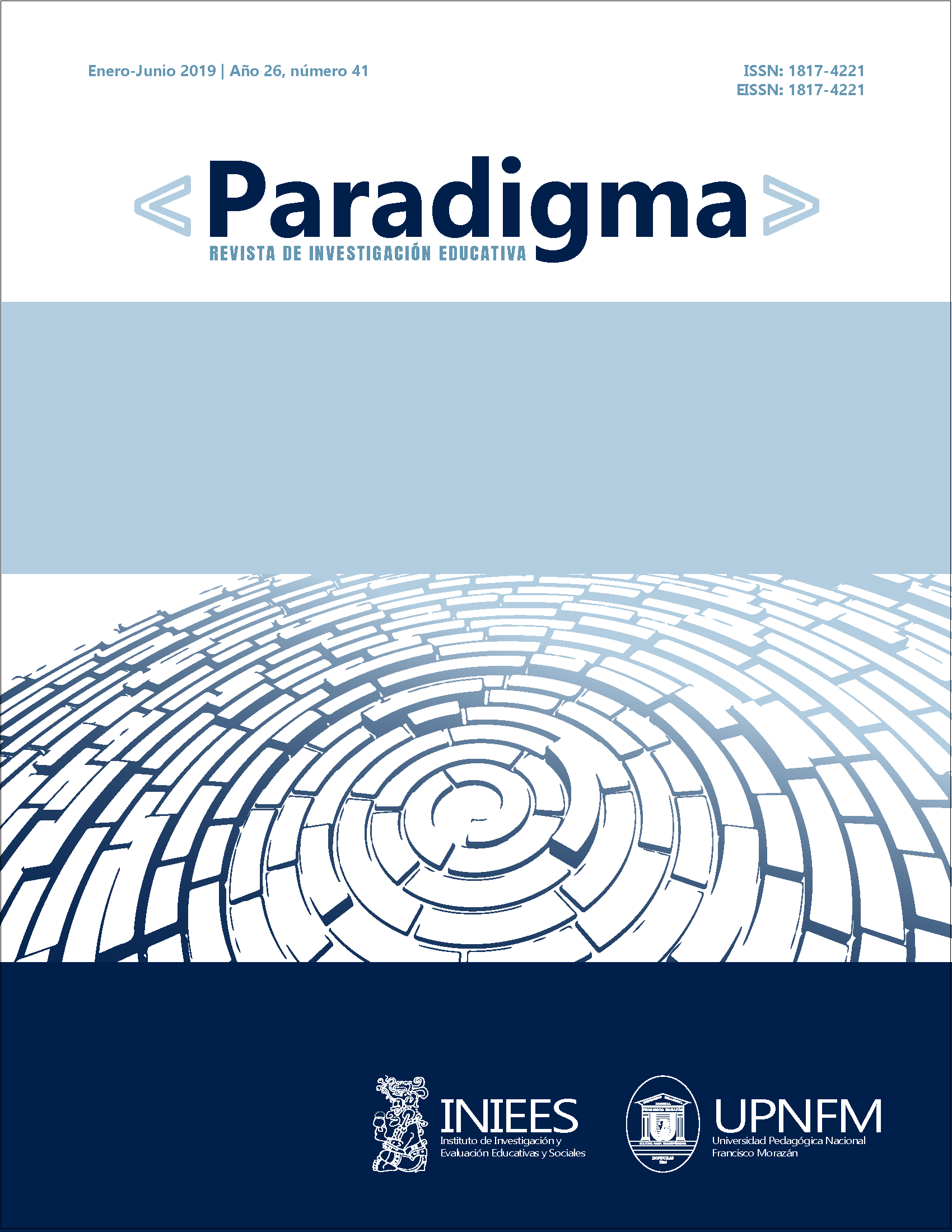Storybook reading strategies to enhance English skills with preschool children in Honduras
DOI:
https://doi.org/10.5377/paradigma.v26i41.7975Keywords:
preschool teachers, reading animation strategies, storybooksAbstract
Storybook reading is an effective tool in the classroom. It goes beyond a time of enjoyment; it can also be an ideal strategy for working in various areas and contents. It is thinking on this input of storybook reading that preschool teachers must value the practice of reading stories as a productive time in the class. It is important for educators to know the strategies used for reading story books, and applying them appropriately in the classroom, to make it a fun and educational experience for the teacher and the students. This article introduces the use of reading strategies used by the preschool teachers in some bilingual schools in Tegucigalpa. Also, the article shows the results from the observation of these reading activities. The findings of this study show how some teachers in this country use storybooks to teach English.
Downloads
1145
Downloads
Published
How to Cite
Issue
Section
License
Transfer of Copyright
- The author, when sending the work, states that it is his will to give the Universidad Pedagógica Nacional Francisco Morazán the patrimonial rights that correspond to him as the author of his work.
- The rights here assigned include all economic rights (Reproduction, transformation, public communication and distribution) and are given without limitation in terms of territory; This Assignment is given for the entire duration term established in the current legislation in Honduras.
- The cession of the aforementioned rights does not imply the cession of moral rights over it, because in accordance with the provisions of the Copyright and Related Rights Law, Chapter II, of the Moral Rights, Article 34, Article 25 , these rights are inalienable, imprescriptible, indefeasible and inalienable.
- The research work or document must be original and have been done without violating or usurping rights of third parties, therefore, the work is exclusively authored and owns the same.
- In the case of any claim or action by a third party, as to copyright on the work in question, the author must assume full responsibility for the rights assigned.
- Upon completion of the Rights Assignment Form, the author states that the work has not been published in another way, that the rights on the work have not been assigned and that no encumbrance or limitation on their use or use is imposed on them.








